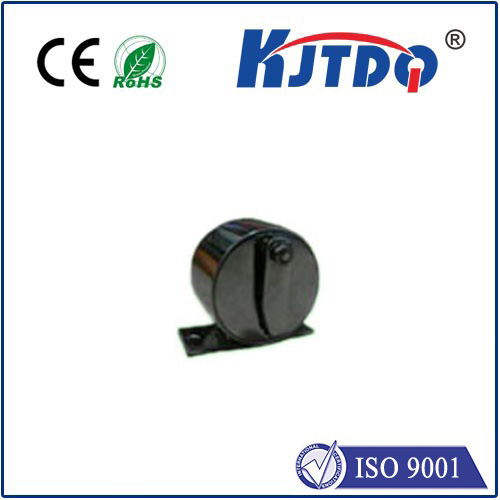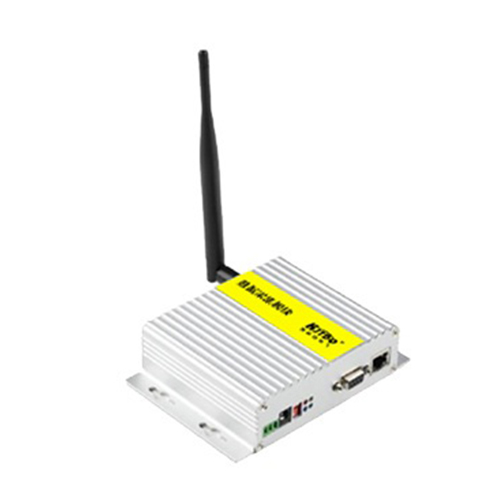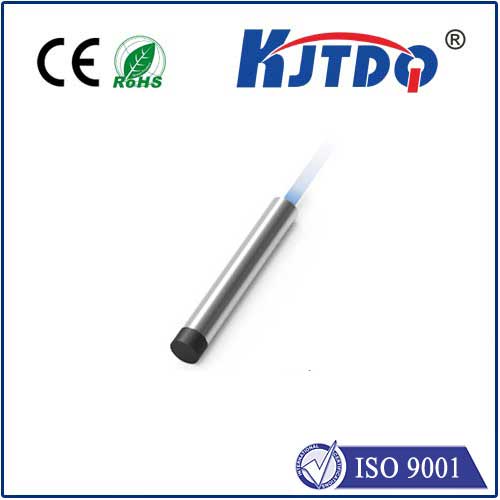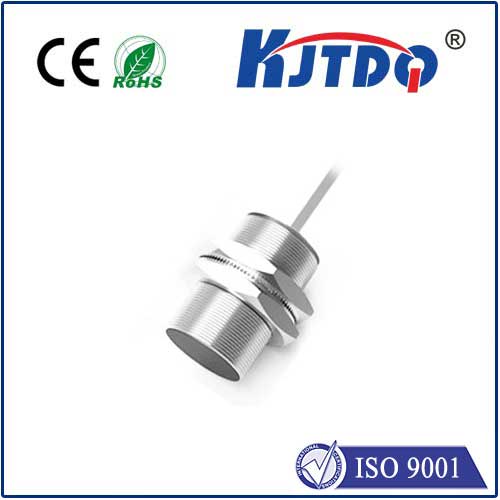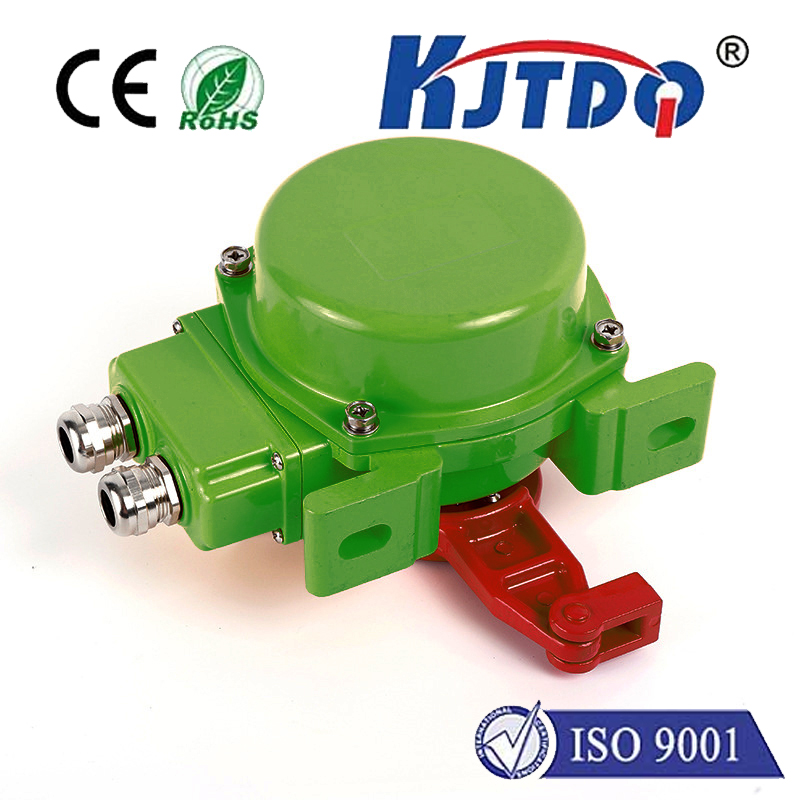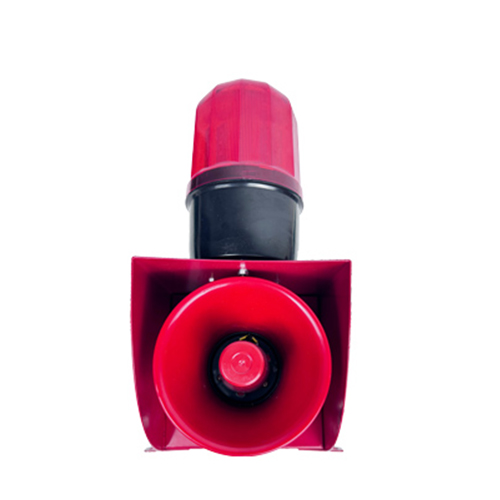universal temperature gauge
- time:2025-08-25 03:10:23
- Нажмите:0
The Universal Temperature Gauge: Mastering Measurement Across Every Environment
Imagine a single tool, impossibly versatile, capable of measuring the searing heat of molten metal in a foundry, the frigid depths of cryogenic storage, and the delicate warmth of a pharmaceutical incubator – all with unwavering accuracy. This isn’t science fiction; it’s the pursuit and the promise embodied in the concept of a universal temperature gauge. While a single physical device measuring everything perfectly remains aspirational, the principles and technologies striving for this universality are revolutionizing how we monitor and control temperature across countless domains.
What Defines a “Universal” Temperature Gauge?
A truly universal temperature instrument isn’t necessarily one magical probe. Instead, it represents a system or approach characterized by:
- Wide Measurement Range: The most fundamental requirement. A universal temperature gauge must span extremes, handling temperatures from cryogenic levels below -200°C (-328°F) to ultra-high temperatures exceeding 2000°C (3632°F) or more. This eliminates the need for multiple specialized devices for vastly different applications.
- Exceptional Accuracy and Stability: Precision is paramount. Whether in a laboratory calibrating standards or an engine monitoring combustion, the gauge must deliver reliable, repeatable readings. Negligible drift over time and minimal calibration requirements are key features of top-tier instruments aspiring to universality.
- Environmental Robustness: Universality demands resilience. The gauge must perform flawlessly in punishing conditions: extreme pressures, corrosive atmospheres, high vibration, humidity, and electromagnetic interference. Ruggedized sensor technology is non-negotiable.
- Standardized Output and Connectivity: True universality requires seamless integration. Outputs should be standardized (e.g., 4-20mA, Modbus, HART, various digital protocols, USB) for easy connection to data loggers, control systems (PLCs, SCADA), or user interfaces regardless of the industry. Interoperability across platforms is crucial.
- Versatility in Sensor Types: The “gauge” often implies the entire measurement system. A universal temperature monitoring solution might incorporate various interchangeable sensors (probes, thermowells, non-contact options) chosen for the specific sub-range or environment, all managed by a central, adaptable unit. Flexibility is key.
The Engine Room: Diverse Technologies Powering Wide-Range Measurement

No single sensor technology currently reigns supreme across the entire conceivable temperature spectrum. Instead, the quest for universality leverages several robust and adaptable solutions:
- Resistance Temperature Detectors (RTDs): Prized for their high accuracy and excellent long-term stability, particularly Platinum RTDs (like Pt100, Pt1000). They cover a broad range effectively (-200°C to 850°C+) and are often used as standards. Their linearity and repeatability make them a cornerstone for precise temperature control.
- Thermocouples: The workhorses of high-temperature measurement. Different metal combinations (Types K, J, R, S, B, etc.) cover specific ranges, collectively spanning from cryogenic to well over 1700°C (3092°F). Their ruggedness, speed of response, and ability to handle extreme environments make them indispensable. Choosing the right thermocouple type is critical within a universal temperature monitoring strategy.
- Infrared (IR) Pyrometers & Thermal Cameras: The masters of non-contact measurement. Essential where sensors cannot be placed (moving objects, high contamination risk, extreme environments like furnaces or vacuum chambers). Modern IR technology offers impressive accuracy and wide range coverage, transforming remote temperature assessment. They epitomize adaptability.
- Advanced Digital Sensors & Transmitters: Modern electronics allow sophisticated signal conditioning, linearization, and communication within the sensor head itself. These “smart” transmitters provide standardized outputs, simplify calibration, enhance noise immunity, and enable remote configuration/diagnostics, significantly boosting the versatility of attached probes (RTD or thermocouple).
- Calibration and Traceability: The bedrock of universality is standardized calibration. True universal instruments, or the systems built with them, ensure measurements are traceable to recognized standards (e.g., NIST). Regular calibration against certified references guarantees that readings are accurate and trustworthy across different locations and times.
Where Universal Capability Creates Tangible Impact
The drive towards wider range, more robust, and adaptable temperature measurement delivers profound benefits across diverse sectors:
- Industrial Manufacturing: Foundries, glassworks, ceramics, and metal processing rely on gauges handling extreme heat for process optimization and safety. Simultaneously, precise low-temperature control is vital in chemical reactions and materials testing. A universal temperature gauge system reduces instrument inventory complexity.
- Energy Production: From monitoring superheated steam in turbines and nuclear reactors to cryogenic LNG temperatures, power plants demand measurement across a vast spectrum under demanding conditions. Robustness and reliability are critical.
- Scientific Research: Labs push boundaries. Physics experiments at near-absolute zero, high-temperature materials science, climate simulation chambers – researchers need instruments that adapt to their specific, often extreme, temperature regimes. Точность is paramount for discovery.
- Pharmaceuticals & Biotechnology: Strict temperature control is mandatory for drug efficacy and stability, from ultra-cold storage (-80°C) to controlled room temperature and sterilization processes (autoclaves >121°C). Regulatory compliance hinges on validated, reliable monitoring.
- Aerospace & Automotive: Jet engines demand sensors surviving immense heat and vibration. Electric vehicle battery thermal management requires precise monitoring during rapid charging/discharging and in varying climates. Environmental testing chambers simulate extreme conditions vehicles or components must endure. Wide-range temperature monitoring ensures safety and performance.
- Food Processing & Safety: From blast freezing to pasteurization and cooking, ensuring food reaches safe temperatures kills pathogens, while cold chain monitoring prevents spoilage. Universal temperature logging systems track this critical journey.
Future Directions: Closing In on True Universality
While challenges remain (e.g., a single probe handling cryogenic to extreme high temp with platinum-level accuracy), the field evolves rapidly. We see:
- Advanced Materials: Development of novel sensing elements (e.g., certain ceramics, doped semiconductors) promising wider intrinsic ranges and greater durability.
- Enhanced Sensor Fusion: Combining inputs from different sensor types (e.g., contact and non-contact) within a single intelligent system to improve accuracy, redundancy, and cover wider effective ranges or difficult measurement points.
- AI-Powered Calibration & Diagnostics: Machine learning algorithms predicting drift, optimizing calibration schedules, and diagnosing sensor health issues proactively, enhancing long-term reliability and reducing downtime.
- Wireless & IoT Integration: Proliferation of robust, low-power wireless sensors enabling dense, flexible monitoring networks across large facilities or remote locations, feeding data into centralized universal monitoring platforms.
Embracing the Potential
The concept of a universal temperature gauge – a system offering unparalleled range, reliability, adaptability, and seamless integration – is more than a dream; it’s a driving force in measurement technology. By leveraging robust sensor principles like RTDs and thermocouples, harnessing non-contact IR, and embracing digital intelligence and connectivity, we achieve unprecedented levels of wide-range temperature monitoring and control. This

